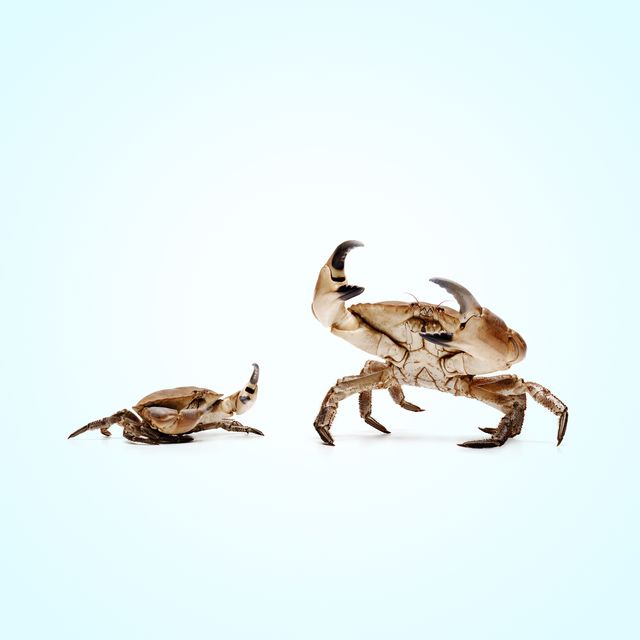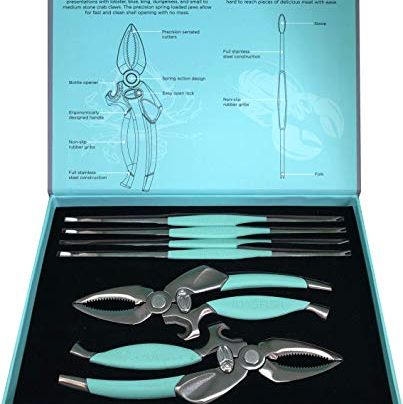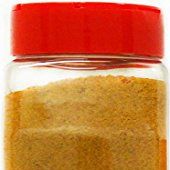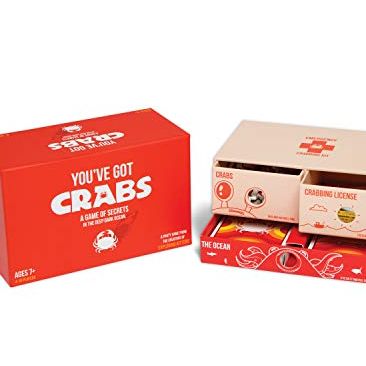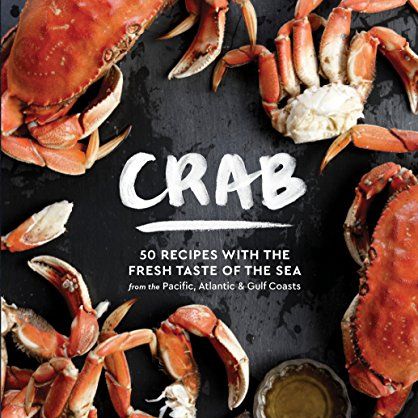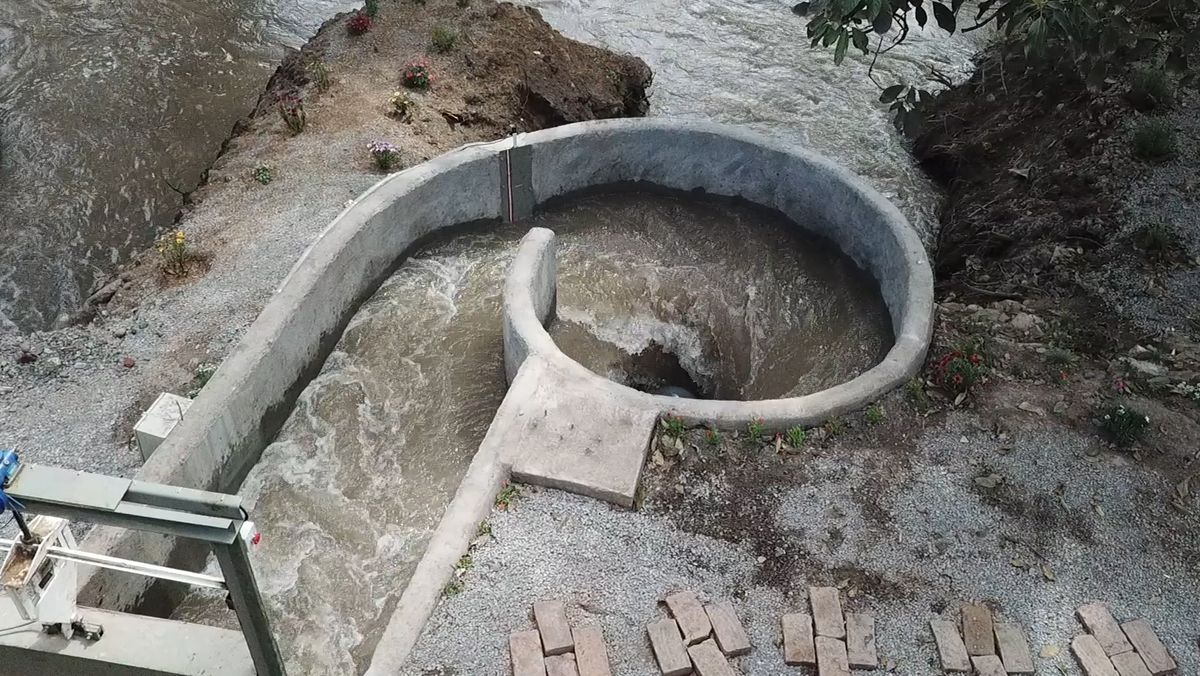- The internet has rediscovered carcinization: the separate, five-time evolution of crabs.
- Parallel evolution isn't unheard of by any means, but crabs have done it a lot.
- Their repeated similar evolution makes them interesting to scientists.
We knew the long quarantine was making us all crabby, but this is extreme: People now feel fully betrayed by the long history of crabification (technically, “carcinization”) of different species over time. That means groups of crustaceans have evolved into crabs in five completely different contexts, giving rise to a meme that the long arc of history truly bends toward the crab.
BoingBoing shares a 2017 paper about carcinization. Carcinization sounds like something about prison at first blush, but on second look, you’ll see it shares a root with carcinogen as well as cancer itself—both from the Greek root karkinos meaning crab. Borradaile coined the new word based on the established scientific usages.
So how does carcinization happen? Well, that part is pretty simple. Animals that live in similar habitats face obstacles that can shuttle them all toward the same evolutionary advantages. Britannica cites the marsupials as a key example, where despite having one critical difference from their “placental” counterparts in other parts of the world, the marsupials often correspond very closely to these other animals.
Animals can evolve separately but end up evolving toward other species, too, or even spontaneously evolve the same characteristics in totally separate groups. Birds and bats can both fly using mechanical wings. Birds and mammals are both warmblooded, but both evolved from groups that were not.
That crabs (both “true” and ersatz) have so densely but separately evolved the same form is highly unusual, even in a world full of these examples of strong parallel and convergent evolution. “The fact that a crab-like habitus did not evolve solely in ‘true’ crabs but also several times independently in the Anomura makes this process ideal for evolutionary research,” the researchers explain.
🦀 Grab This Crab Gear
Crabs are like Charles Darwin’s isolated Galapagos Islands groups, but they formed spontaneously instead of being evolutionarily fenced in.
It’s not just superficial shape that unifies the five evolved crab forms. The paper details neurological commonalities, shared circulatory systems, and more, while also detailing the organ and systems that differ in shape and size.
Moreover, the crab-shapedness of the groups can make it hard to trace what came about from interacting internal systems as opposed to, well, the crab shell:
“Some of the internal anatomical characters studied herein are structurally dependent on the external characters of a crab-like habitus. Since morphological coherence can also exist between internal anatomical structures, the coherence chains which can be traced back to the external characters of a crab-like habitus are relatively complex in some cases (indirect coherences).”
But, of course, hermit crabs don’t have a “habitus,” the biological term for a body shape or casing type that affects your health or biology context. And, the researchers say, majestic and extremely spiky king crabs evolved from hermit crabs. The crab wonders may never cease.

Caroline Delbert is a writer, avid reader, and contributing editor at Pop Mech. She's also an enthusiast of just about everything. Her favorite topics include nuclear energy, cosmology, math of everyday things, and the philosophy of it all.
